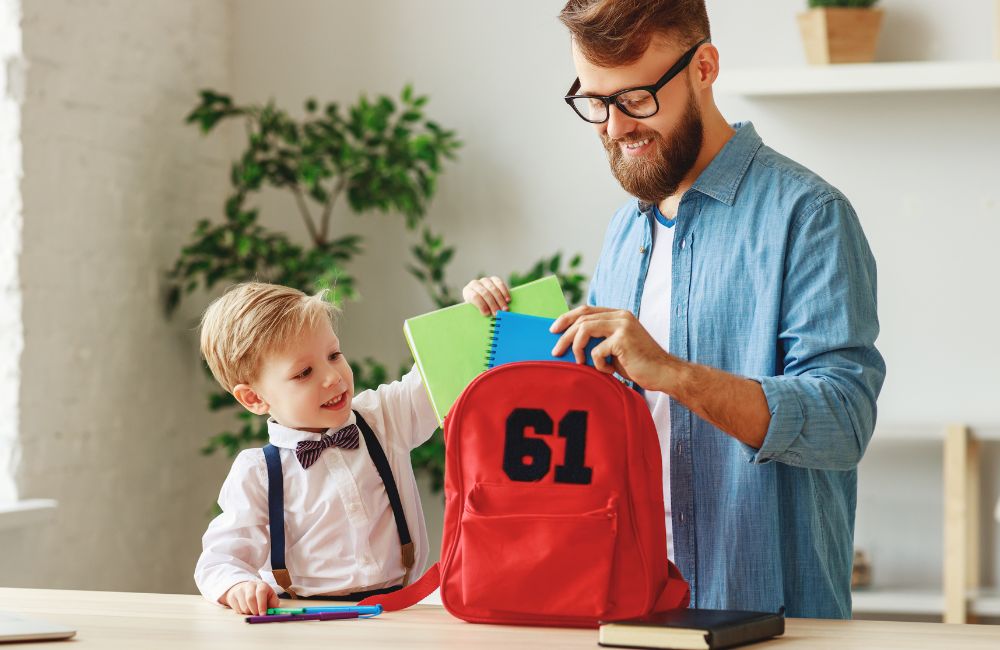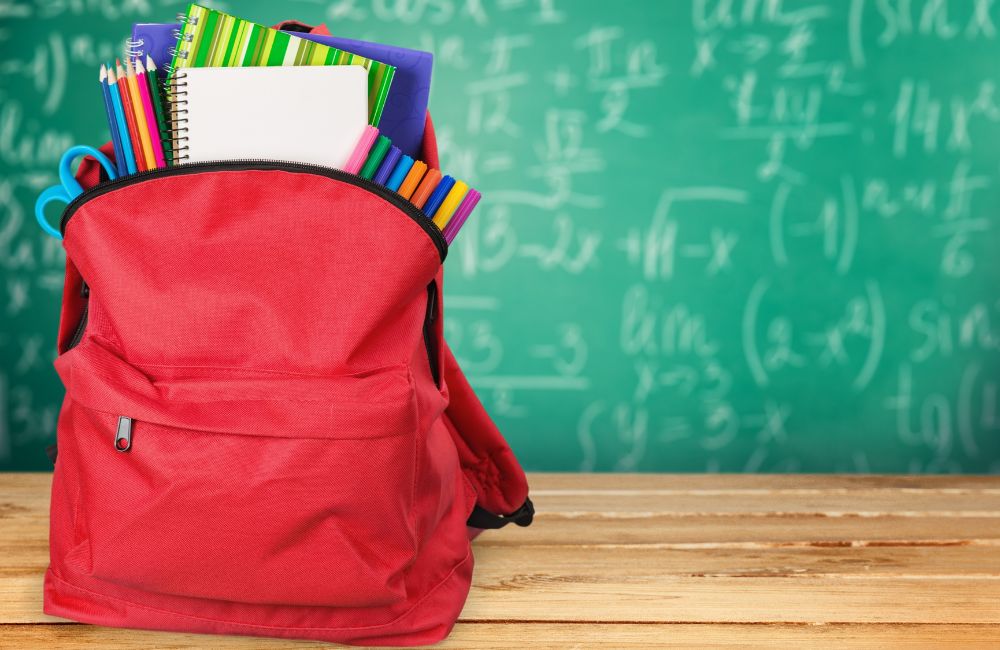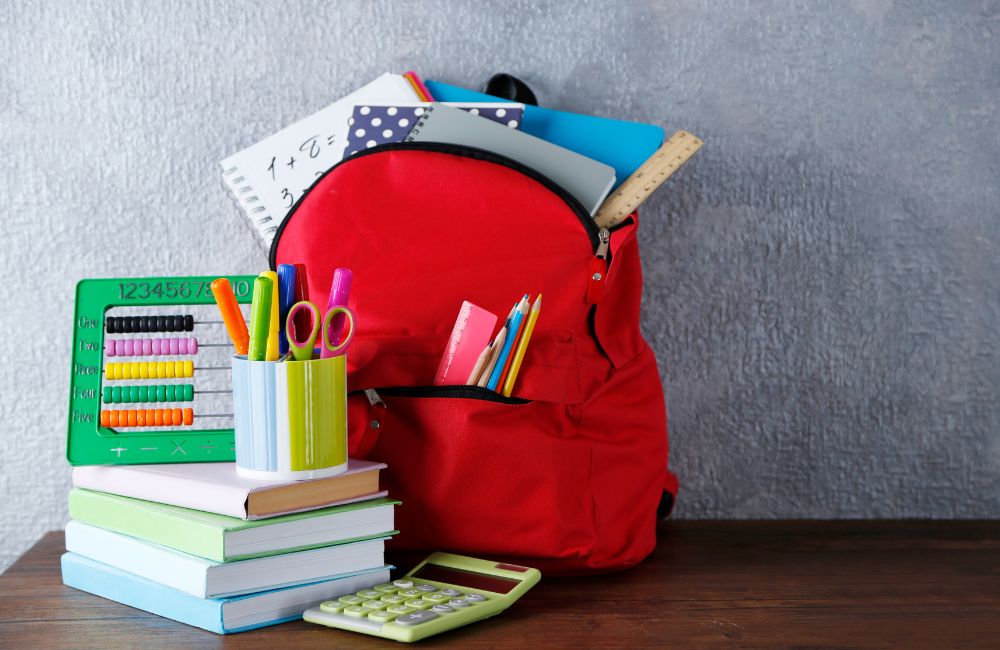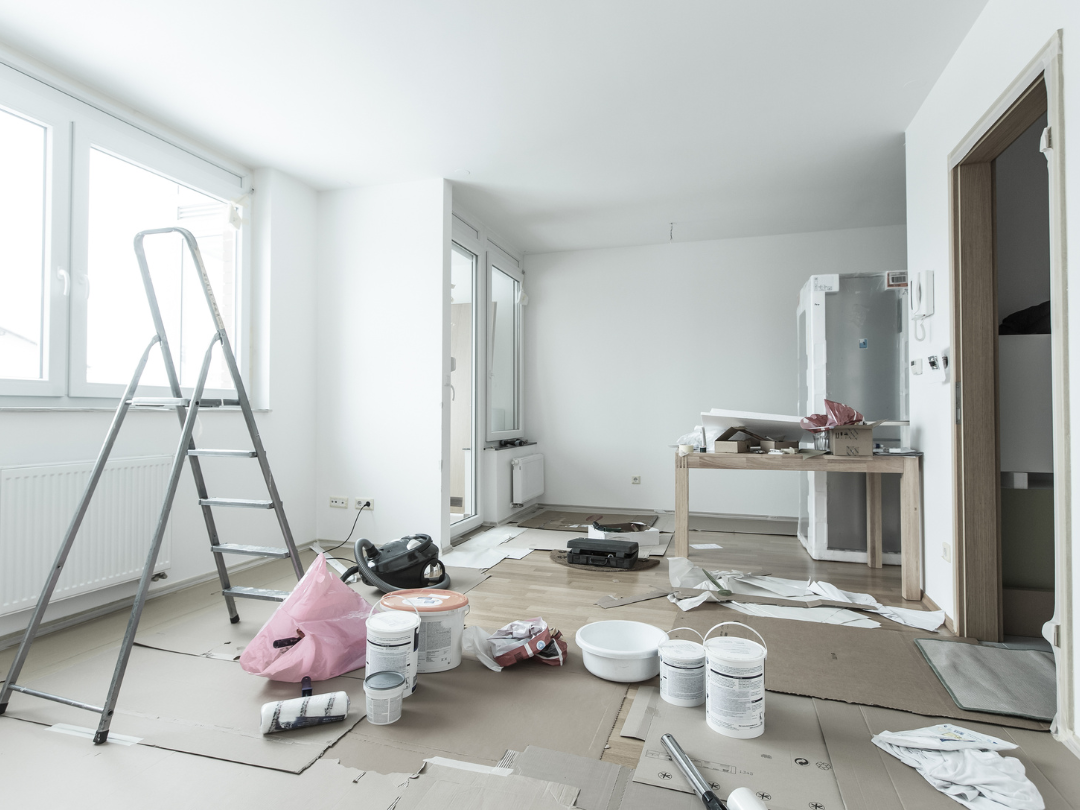Get the week's most popular posts delivered to your inbox.
Our weekly update is free yet priceless and you're less than a minute away from getting the current edition.
In the unlikely event we disappoint, you can unsubscribe with a single click!
Last Updated on October 31, 2025 by teamobn
School mornings don’t have to be chaotic. A School-Day Ready Zone turns a wall or corner into a focused prep area. You’ll corral calendars, backpacks, devices, and papers. Kids know what to grab. You save time, reduce stress, and start the day organized.
Contents
Key Takeaways
- A single, labeled launch zone near the door cuts morning searches by keeping backpacks, shoes, forms, and devices in predictable spots.
- Child-height hooks, color-coded bins, and a quick evening reset routine help kids own the process and keep clutter from creeping back.
- Add a safe charging shelf and a grab-and-go kit, ID copies, meds, transit card, rain gear, so last-minute changes don’t derail the day.
What Is a School-Day Ready Zone
A School-Day Ready Zone is a dedicated area that helps mornings run smoothly. It’s a wall or corner that gathers the essentials in one view, including a calendar, hooks, an inbox and outbox, and a charging shelf. Add a whiteboard for routines and reminders so everyone sees the plan. Place everything at kid height so children can manage their own gear. You’ll create a clear path from the door to the desk, which reduces chaos and fosters independence.
This setup fits entryways, mudrooms, hallways, or a spare kitchen wall. If you own, build sturdy shelves and rails, and if you rent, choose peel-and-stick gear that removes cleanly. Label bins and color code each child to cut mix-ups and morning searches. Stock caddies with discount school supplies to stretch the budget and keep reliable backups. Add a small shoe tray and a backpack spot to keep exits fast, then do a five-minute reset at night so tomorrow starts calm and ready.
Benefits That Parents Actually Feel
Busy mornings test families. A School-Day Ready Zone cuts chaos and builds independence. You’ll see real wins that last. Here’s what parents actually notice once it’s built and in use.
- Mornings move faster with a clear grab-and-go path.
- Backpacks, shoes, and keys stop going missing.
- Papers land in one inbox, so forms return on time.
- Kids follow the routine without constant reminders.
- Arguments drop because roles and tasks are visible.
- You see the week at a glance and plan rides.
- Devices charge in one place, cutting last-minute scrambles.
- Clutter shrinks as every item has a labeled home.
- Budget stretches when you track stock and buy school supplies.
- Evening resets take five minutes, not twenty.
- Substitute caregivers can help smoothly using posted checklists.
- The space grows with your child by adjusting shelves and bins.
Budget Tips and School Supplies
Smart buying keeps the project affordable. Plan the space, track stock, and time purchases. Use school supplies to fill caddies without sacrificing quality.
Prioritize Core Essentials
Start with a simple list of must-haves. Get notebooks, pencils, glue sticks, and dry-erase markers first. Hold off on décor until the basics are stocked. Use discount school supplies to stretch every dollar. Try store brands for consumables. Save premium picks for scissors and staplers. Test one pack before you commit to bulk.
Buy in Bulk and Time Sales
Bulk buying cuts costs for families and co-ops. Choose multi-packs of markers, pencils, and erasers. Share extras with neighbors to reduce waste. Time purchases to back-to-school sales and post-season clearance. Combine coupons with cash-back apps. Stock up when prices drop, not when bins run dry. Keep a short wish list ready.
Label and Color Code
Labels make supplies come home again. Add label tape or a name stamp to notebooks, chargers, and lunch boxes. Assign one color to each child. You’ll cut mix-ups and duplicate purchases. Color tags help pre-readers, too. Keep a fine-tip marker near the inbox. New items get labelled the moment they arrive.
Invest in Durable Storage and Upcycle
Durable storage saves money over time. Choose sturdy bins, metal hook rails, and solid shelves. Cheap organizers crack, tip, and need replacing. Upcycle jars, muffin tins, and scrap-wood caddies for sorting. Renters can use peel-and-stick hooks and rail systems. You’ll create order fast with school supplies placed in tough containers.
Track Inventory and Set a Reset Budget
Simple routines keep costs predictable. Set par levels for markers, sticky tabs, and paper. Restock when a bin dips below the line. Keep a small loaner stash for friends. Protect the main caddies that way. Add a monthly five-to-ten-dollar refresh. Fresh supplies keep the Zone working without surprise splurges. Track dates on a tiny stock card.
Pick the Perfect Spot
Choose a spot kids pass daily. You need clear sightlines, nearby outlets, and room for hooks and bins. The right location shapes habits fast and makes School-Day Ready Zone effortless.
Entryways and Mudrooms
Entryways work because everyone passes through. You get a natural landing zone for backpacks the moment kids walk in. Add a mat and a shallow shoe tray to protect floors. Keep hooks clear of door swings. Use a narrow bench for sit-and-tie moments. Place a small tray for keys and transit cards near the door.
Hallways and Tight Spaces
Hallways can host a slim rail and shallow bins. Measure depth so shoulders don’t clip storage. Keep everything flush and at kid height. Use low-profile hooks for backpacks and lunch bags. Mount a narrow mail sorter for papers. Choose lighter colors to keep the passage bright and calm.
Kitchen Corners and Shared Areas
A kitchen corner lets you check schedules while packing lunches. Mount the calendar at adult eye level. Put grab points lower for kids. Add cord covers if a charging shelf lives here. Heat and steam can curl papers, so avoid vents. Keep the counter below clear for staging bags.
Doors and Unused Surfaces
Claim the back of a door with a rail and mini caddies. Use over-door organizers for gloves, masks, and snacks. Test clearance so the door still opens fully. Renters can choose peel-and-stick solutions. Keep sightlines clean so the setup invites action. Add a mirror if hair checks cause morning traffic.
Plan the Layout
Sketch zones before drilling. Map intake path and exit path. Put calendars high and grab points low. Simple layouts train habits. School-Day Ready Zone should guide movement automatically smoothly.
One-Wall Flow
One-wall layouts suit hallways and small apartments. Everything sits in a single glance. Place hooks first at kid shoulder height. Put the paper inbox beside them. Add a week-at-a-glance board above adult eye level. Finish with a small tray for keys and wallet. Movement feels obvious left to right.
Corner L Shape
An L shape wraps a corner and splits planning from storage. Hang hooks and bins on one side. Keep calendars and whiteboards on the other. Two people can use the Zone without crowding. Add a small bench at the junction if space allows. Leave toe room so shoes slide under cleanly.
Heights and Sightlines
Kids need low grab points. Adults need high planning tools. Keep the routine board at kid eye level for checkmarks. Mount calendars where you stand naturally. Use icons for pre-readers. Label every bin to remove guesswork. Clear labels reduce reminders and arguments. Consistent sightlines keep the layout calm.
Intake and Outgoing Paths
Create a clear path for items entering and leaving. Hang backpacks. Drop papers in Inbox. Place signed forms and library books in Outgoing near the door. Add a charging shelf with short cables to prevent device sprawl. Keep a lunchbox bin by the exit. The sequence becomes a daily script.
Storage That Works Hard
Storage must flex with growth, sports seasons, and school changes. Choose pieces that earn their keep daily. Modular bins, sturdy rails, and caddies keep essentials visible, reachable, and ready always.
Modular Bins and Caddies
Clear, shallow bins beat deep tubs. Kids see contents and return items faster. Add label holders so names and categories change as needs evolve. Color code by child to prevent mix-ups. Keep a backup caddy stocked with school supplies. Rotate seasonal gear into a top shelf bin to avoid it from bloating.
Pegboard and Rails
Pegboard turns blank wall into adjustable storage. Hang cups for markers, trays for permission slips, and hooks for headphones. Slide pieces as schedules shift. A slim rail with S hooks holds water bottles and lunch bags. Use sturdy brackets for weight. Anchor into studs or use rated anchors for safety.
Charging Shelf and Cable Tidy
Devices charge in one place when cables are short and labeled. Mount a shallow shelf with a lip to prevent tablets from sliding. Add a simple cable raceway to hide wires. Keep a locking pencil box for calculators and earbuds. Post a “plug in by eight” reminder. Dead batteries stop being a crisis.
Paper Inbox, Outbox, and File Rack
Paper needs lanes. Label an Inbox, ‘To Sign’, and ‘Outgoing’. Add a thin file rack for subject folders and reading logs. Use clip magnets for urgent items at eye level. Purge weekly to keep flow steady. Keep a fine-tip marker and date stamp nearby. You’ll track deadlines without digging.
Conclusion
A School-Day Ready Zone turns chaos into a simple routine. Kids know where to hang bags, charge devices, and drop papers. You save minutes every morning and stress every night. Stock it with school supplies and durable storage. Start small, label everything, and refine the setup as your family grows.
Are you creating a homeschool space at home? Read our guide on creating one!
FAQ: School-Day Ready Zone
- How can we adapt a School-Day Ready Zone for neurodivergent kids?
- Use visual schedules, picture labels, and consistent color cues. Keep grab points at predictable heights and repeat the layout. Add a quiet tray with noise-reducing headphones and a small timer to support transitions.
- What’s a good setup for two homes or co-parenting?
- Duplicate the core kit in both places and mirror labels and colors. Share a digital checklist so muscle memory carries over. Keep a go-bag with chargers, meds, ID copies, and common forms for smooth handoffs.
- How do we manage school apps, passwords, and digital forms?
- Create a shared family password vault with each child’s logins in one folder. Print a QR cheat sheet to portals and laminate it for the Zone. Park a dedicated tablet on the charging shelf with auto-updates enabled.
- What belongs in a grab-and-go change-of-plan kit?
- Include transit cards, small cash, a spare mask, mini first-aid, a charger, and a protein bar. Add a rain poncho and a sleeve for library books. Hang it on the last hook so it’s always in reach.
- How do we keep device charging safe and tidy?
- Mount a short power strip with overload protection where cables can’t dangle. Label cords and set a “plug-in by eight” rule. Keep lithium devices on a ventilated shelf and never stack tablets while charging.
Get the week's most popular posts delivered to your inbox.
Our weekly update is free yet priceless and you're less than a minute away from getting the current edition.
In the unlikely event we disappoint, you can unsubscribe with a single click!






